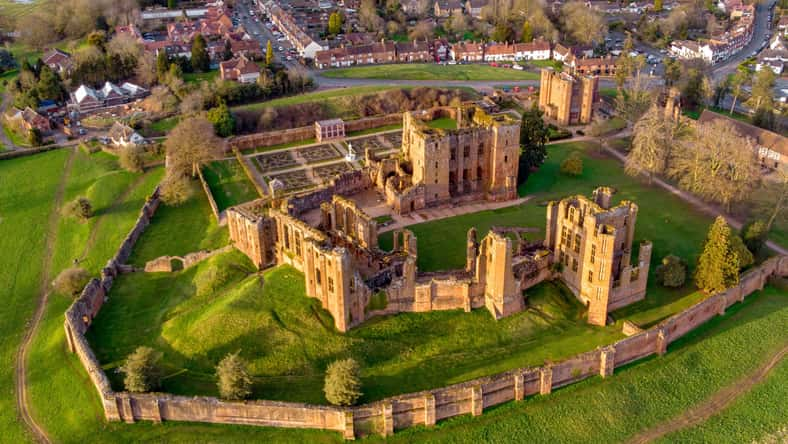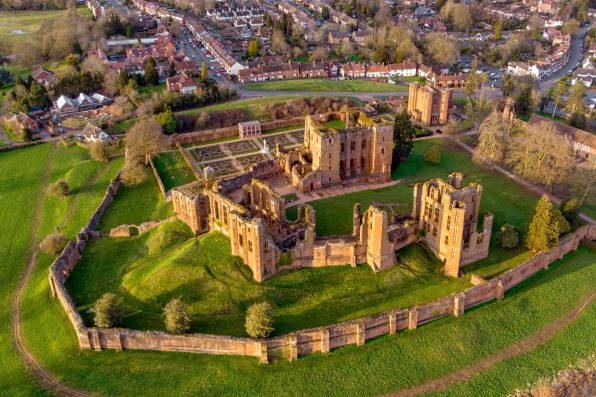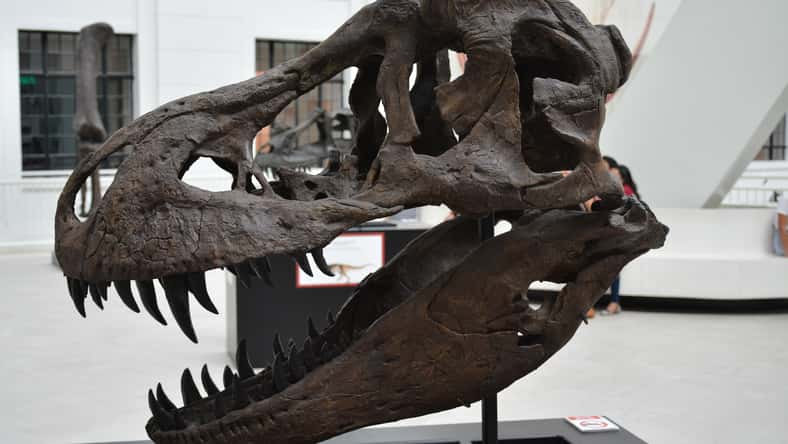
In the 13th century, a siege that lasted for almost half a year occurred. Recently, a set of eight medieval catapult projectiles from this time were discovered by archaeologists from English Heritage, a charity that manages historic sites and monuments.
The catapult shots were found near Kenilworth Castle in Warwickshire, a county located in the West Midlands of England.
The siege of the castle took place in 1266 when England was in the middle of a conflict known as the Second Barons’ War, which was fought between the forces of rebel barons led by Simon de Montfort against King Henry III and his nobles.
In 1244, the king had given Kenilworth Castle to Montfort, the Earl of Leicester and the king’s brother-in-law. When the Second Barons’ War began in 1263, Montfort used the castle as a military base. He was killed at the Battle of Evesham in 1265, but his forces continued working from the castle.
Henry III sent a messenger to the rebels in 1266. The messenger returned to him with a severed hand, which angered the king greatly. So, he ordered his men to try to take back the castle.
They laid siege to the fortress for a total of 172 days between June and December of 1266, making it one of the longest-lasting sieges in English medieval history. It was also one of the largest sieges in terms of the number of soldiers involved.
The king’s forces used various weapons to launch their attacks, including catapults that could fire large stone projectiles. The newly discovered projectiles were located outside the western walls of the castle. They were buried just underneath the ground’s surface.
It is likely that both sides fired them during the siege. The projectiles were all different sizes. The largest of them weighed around 230 pounds, while the smallest were only two pounds.
“We were able to immediately link these findings to the 1266 siege because of similar finds recovered during an archaeological excavation of Kenilworth Castle in the 1960s,” said Will Wyeth, a properties historian at English Heritage.

The team of archaeologists had been working on improving the pathways around the castle to make them more accessible for pedestrians and wheelchair users when they stumbled across the nearly 800-year-old stone projectiles. According to Wyeth, the projectiles would have caused major damage.
“Records show that one of Henry III’s wooden siege towers, containing around 200 crossbowmen, was destroyed by just one well-aimed missile,” Wyeth said.
Eventually, the 172-day siege came to an end as the king’s forces took control of the castle. The royalists won the battle because many of the rebels became ill or starved to death.
Henry gave the castle to his younger son Edmund, the Earl of Lancaster. That kickstarted about 200 years of ownership of the castle by the House of Lancaster.
Sign up for Chip Chick’s newsletter and get stories like this delivered to your inbox.












